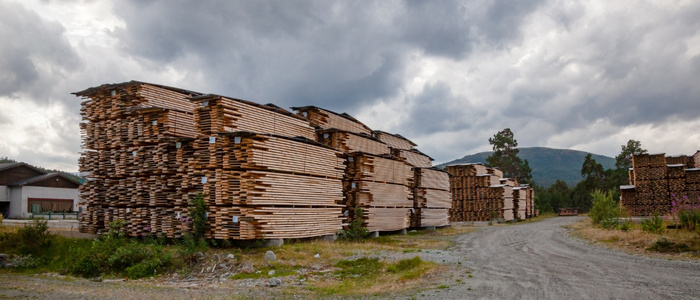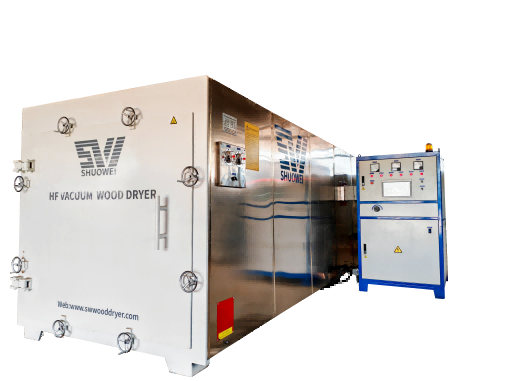Timber, as a natural material, contains moisture that directly affects its strength, durability, and appearance. Before being used in construction, furniture making, or manufacturing, it must undergo a process called seasoning—the controlled removal of excess moisture. Seasoning improves timber’s performance and extends its lifespan.
What Is Timber Seasoning?
Timber seasoning is the process of reducing the moisture content of wood to a level suitable for its intended use. Freshly cut wood may have 30–200% moisture content (based on dry weight), which can cause defects if used directly. Seasoning can be achieved through natural or artificial methods, each with its own benefits.

Types of Timber Seasoning
- Air Seasoning
- Wood is stacked in a well-ventilated, covered area for several months to years.
- Low cost, but drying speed depends on climate and weather.
- Wood is stacked in a well-ventilated, covered area for several months to years.
- Kiln Seasoning
- Wood is placed in a heated chamber (kiln) with controlled temperature, humidity, and airflow.
- Much faster and more precise than air drying.
- Wood is placed in a heated chamber (kiln) with controlled temperature, humidity, and airflow.
- Solar Seasoning
- Uses solar energy to heat enclosed spaces for drying.
- More eco-friendly but less controlled than kilns.
- Uses solar energy to heat enclosed spaces for drying.
- Chemical Seasoning
- Involves chemical treatments that accelerate drying.
- Mainly used for specialized applications.
- Involves chemical treatments that accelerate drying.

General Advantages of Seasoning Timber
- Increased Strength
Seasoned timber is stronger and less likely to deform under load, making it suitable for structural applications. - Reduced Shrinkage and Warping
By removing excess moisture, seasoned timber maintains its shape over time. - Resistance to Decay and Insects
Dry wood is less hospitable to fungi, termites, and other pests. - Better Finishing and Painting Quality
Paints, stains, and finishes adhere more evenly to seasoned timber. - Improved Durability
Seasoned timber withstands environmental stress better than unseasoned wood.
Comparison of Seasoning Methods
| Method | Speed | Cost | Control Over Moisture | Suitable For |
| Air Seasoning | Slow (months–years) | Low | Low | General, low-budget uses |
| Kiln Seasoning | Fast (days–weeks) | High | High | Commercial, high-precision |
| Solar Seasoning | Medium | Medium | Medium | Eco-friendly projects |
| Chemical | Fast | Medium–High | Medium–High | Specialized applications |
When to Choose Kiln Seasoning
While all seasoning methods improve timber quality, kiln seasoning offers unmatched speed and precision. For commercial operations where time and consistency matter, kilns can dramatically reduce production cycles. (For a detailed guide, read: Advantages of Kiln Seasoning.)
Conclusion

Seasoning is essential for ensuring timber’s strength, stability, and longevity. Whether air-dried or kiln-dried, properly seasoned wood results in better performance and aesthetics.
If you want to produce higher-quality wood products faster, consider exploring kiln seasoning techniques—it could be the change that transforms your business. Contact us for more wood drying solutions!




